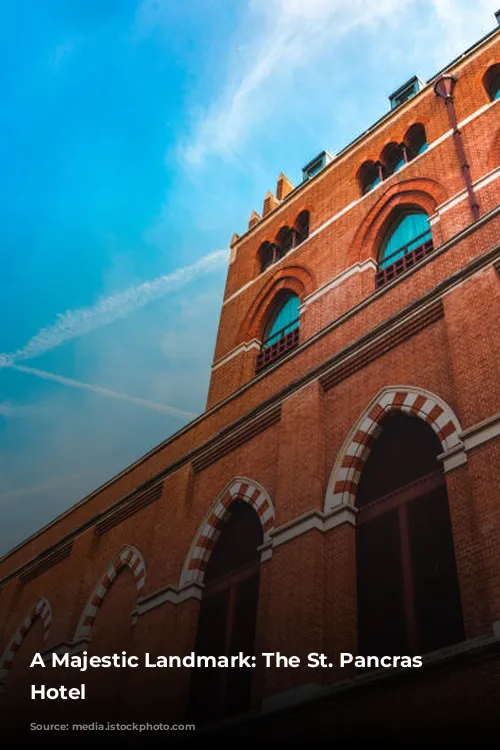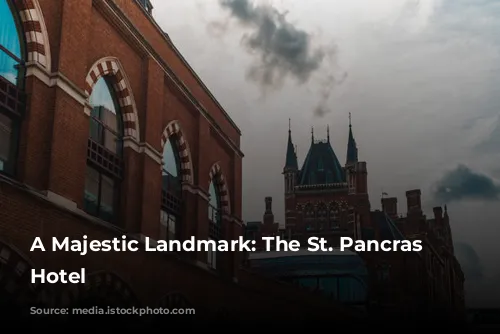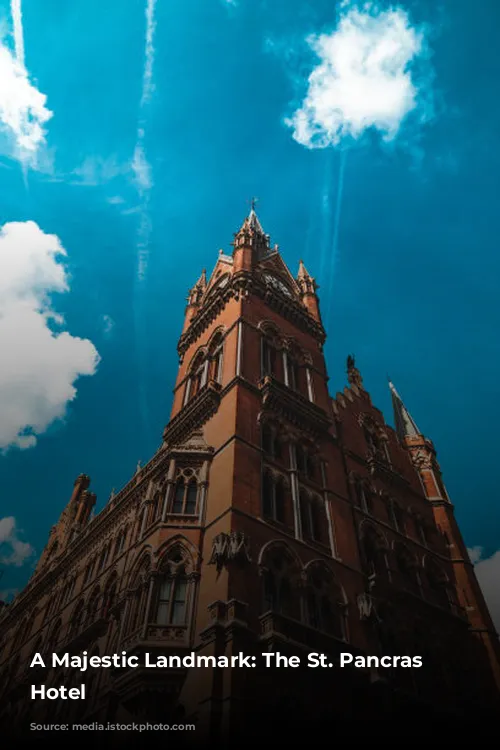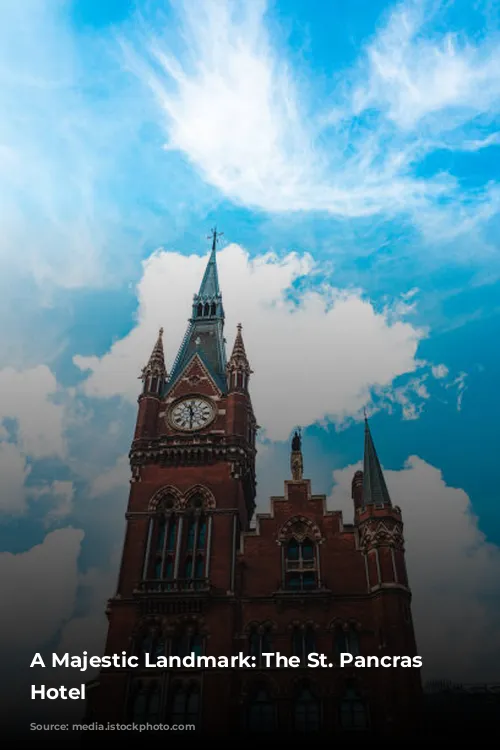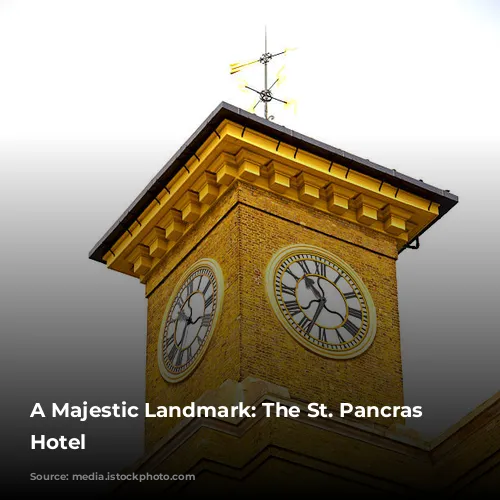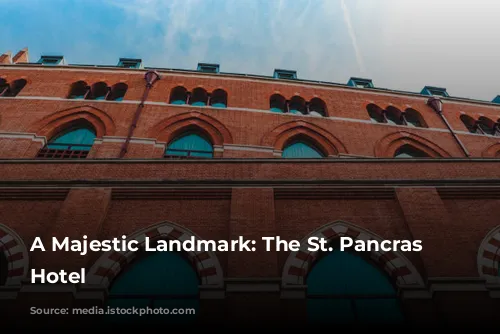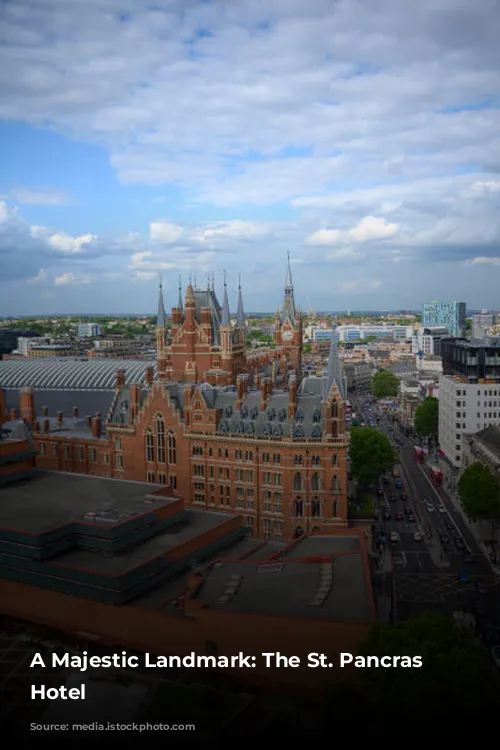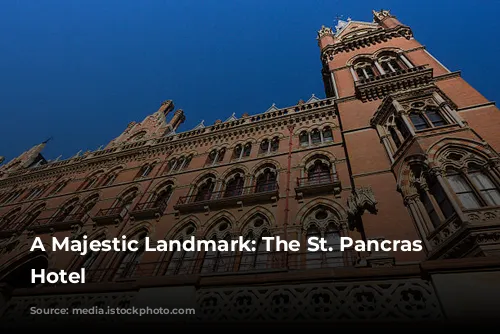The St. Pancras Renaissance Hotel stands proudly as the face of St. Pancras International station, one of London’s busiest rail hubs. It serves as the final stop for international trains heading to Paris, Brussels, Amsterdam, and other destinations in mainland Europe. This magnificent structure, a masterpiece of Victorian architecture, was originally designed by George Gilbert Scott and opened its doors in 1873. After a long period of disuse and near demolition, it underwent a grand revival, reopening as a luxurious hotel in 2011.
The hotel is managed by Marriott International and is part of the St. Pancras Chambers, which includes apartments. The upper floors of the original building were transformed into modern residences between 2005 and 2011 by the Manhattan Loft Corporation.
A Vision of Grandeur: The Hotel’s History
In 1865, the Midland Railway Company sought a grand hotel to complement its new station at St. Pancras. Eleven architects submitted their designs, including George Gilbert Scott. His vision was ambitious and extravagant, exceeding the original specifications with a 300-room masterpiece. Despite the larger scale and higher costs, the company embraced Scott’s design. The hotel, a towering symbol of Victorian opulence, was built in phases, opening its east wing in 1873.
The hotel was a testament to luxury and innovation. It boasted a magnificent staircase, gold leaf walls, and a fireplace in every room. It was among the first buildings to feature hydraulic lifts, concrete floors, revolving doors, and fireproof floors, though bathrooms were not included, a common practice in the era.
From Luxury to Neglect: A Changing Fate
The hotel, once a symbol of opulence and comfort, eventually fell into decline. Its high upkeep costs, including the large staff required to maintain its grand facilities, led to its closure in 1935. The once-splendid hotel was repurposed as railway offices.
But the hotel was not destined to be forgotten. Jane Hughes Fawcett, a champion of Victorian architecture and preservation, led a campaign to save the building from demolition. Her tireless efforts earned her the nickname “furious Mrs Fawcett”. In 1967, the hotel and the St. Pancras station were recognized as national treasures with Grade I listed status, ensuring their preservation for future generations.
A Second Act: Rebirth as a Hotel
Despite the efforts to preserve the hotel’s exterior, the building fell into disrepair. In the 1990s, it was repaired and strengthened at a significant cost. In 2004, the building was granted permission to be redeveloped into a new hotel.
The St. Pancras Renaissance Hotel reopened its doors in 2011, bringing back the grandeur of its Victorian past. It combines the original architecture with modern amenities and luxury, creating a unique and unforgettable experience for guests. The hotel offers a wealth of features, including 244 bedrooms, two restaurants, two bars, a health and leisure center, a ballroom, and 20 meeting rooms. It has become a popular destination for tourists and a symbol of London’s rich architectural heritage.
A Star of the Screen: The Hotel’s Cinematic Appeal
The St. Pancras Renaissance Hotel has also appeared in numerous films and television shows, adding to its cultural significance. Its impressive architecture and dramatic setting have been used to create a range of cinematic experiences.
The hotel has been featured in films like “Richard III,” “The Secret Garden,” and “Batman Begins”, as well as television shows like “Most Haunted Live.” It has even served as a stand-in for King’s Cross station in the “Harry Potter” films, solidifying its place as a iconic landmark in both reality and fiction.
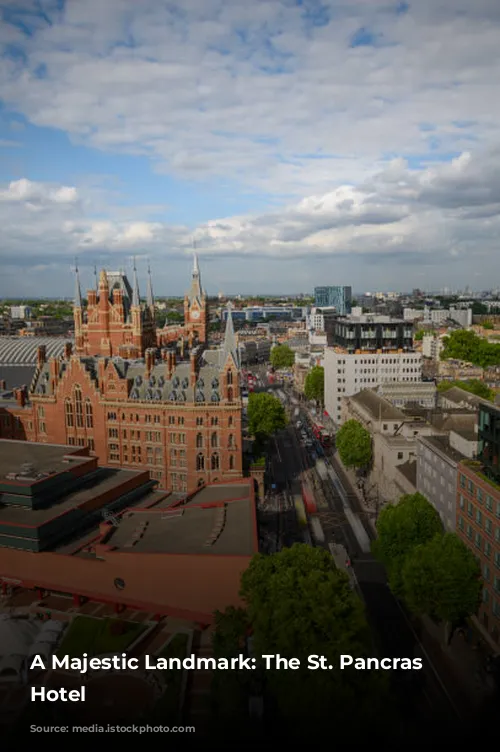
A Timeless Legacy: Preserving History and Glamour
The St. Pancras Renaissance Hotel is more than just a hotel; it is a window into London’s past and a beacon of its enduring architectural beauty. The hotel’s renovation and reopening are a testament to the importance of preserving historical landmarks. It serves as a reminder that even the grandest buildings can endure, and that tradition and innovation can coexist to create something truly remarkable. This grand hotel continues to enchant visitors and inspire awe in all who experience its timeless elegance.
